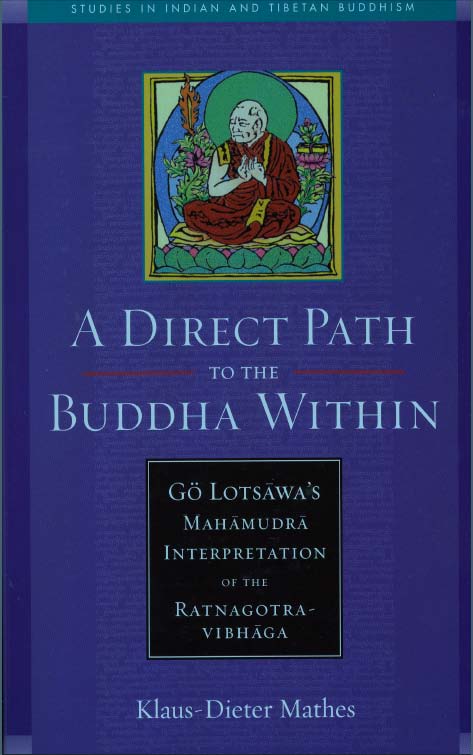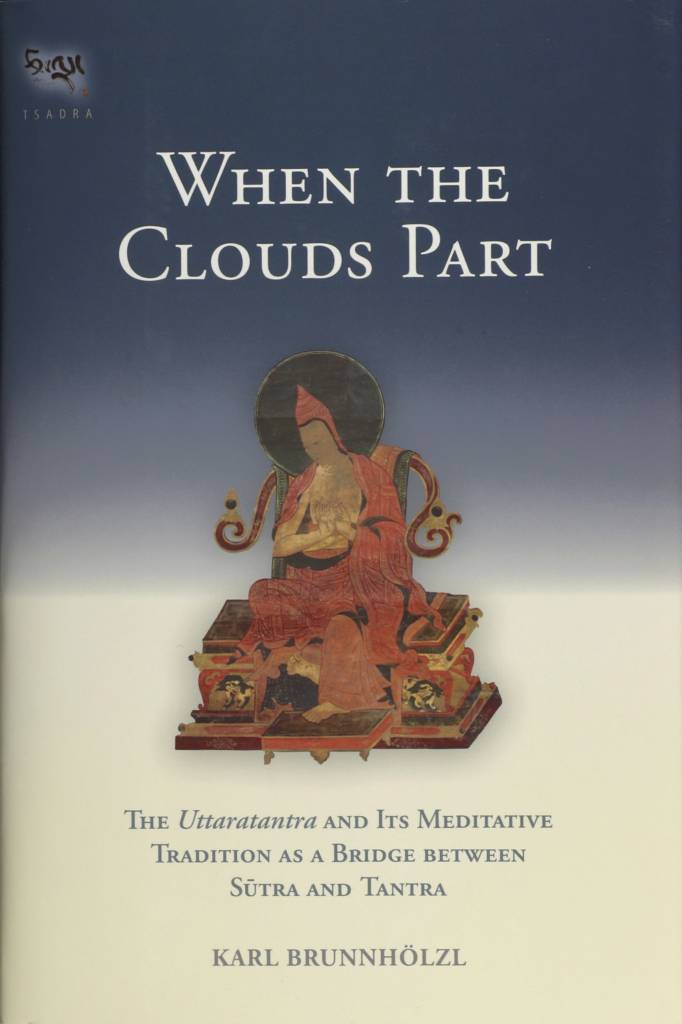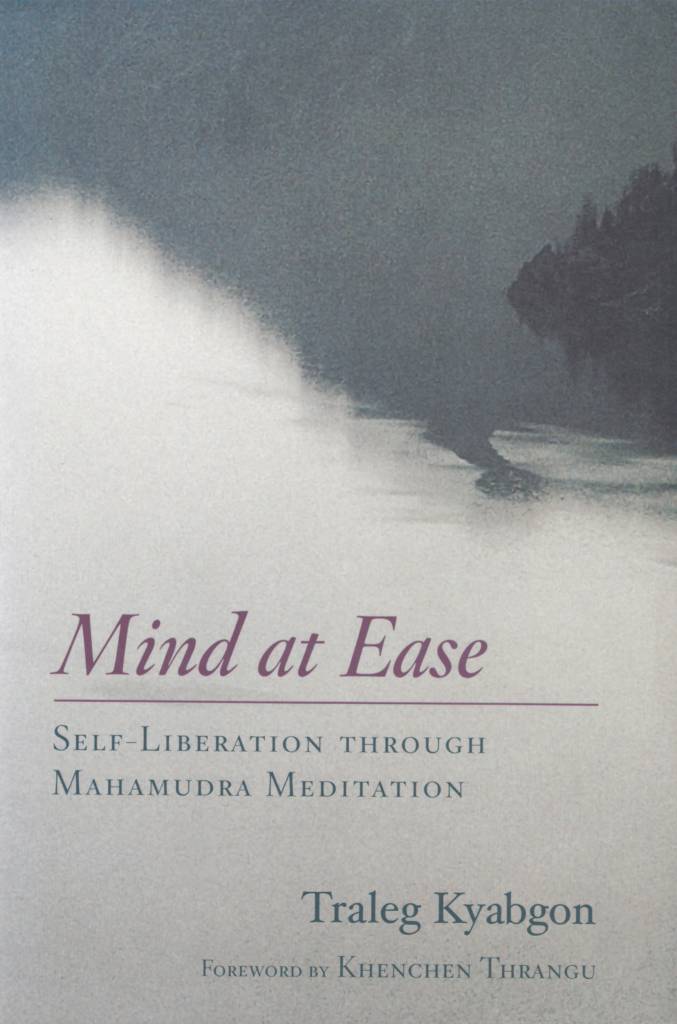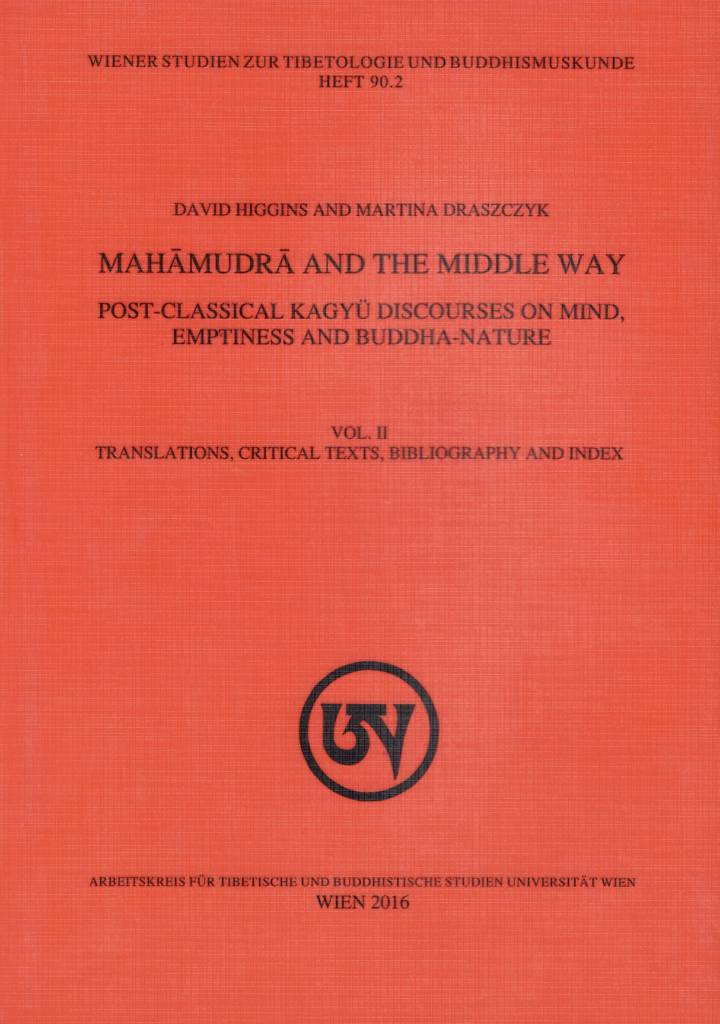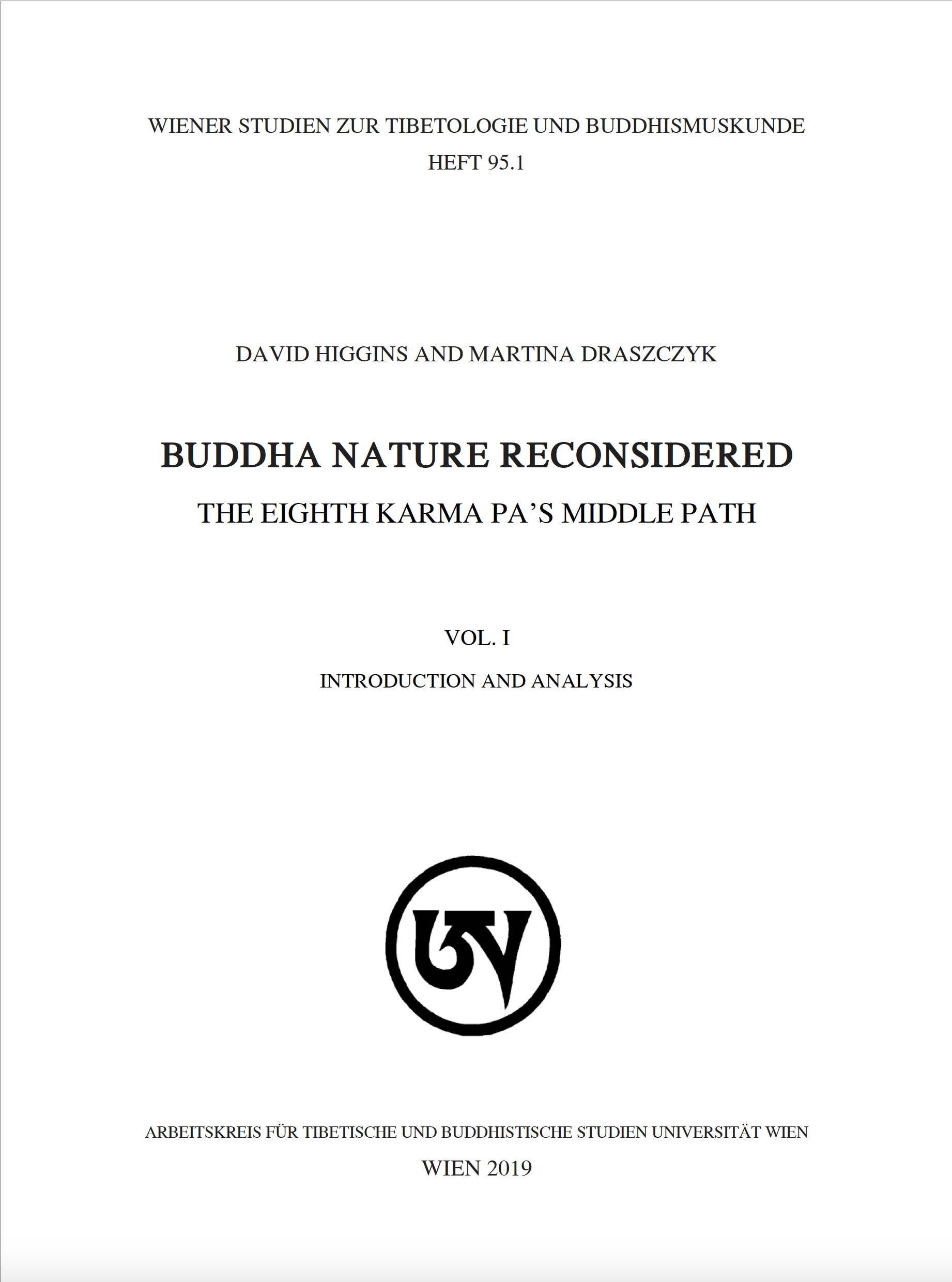Contemporary Masters on Buddha-Nature
Watch & Learn
From the Masters
Fourteenth Dalai Lama
In the first verse of his Tattavadaśaka, he states:
- सदसद्योगहीनायै तथतायै नमो नमः।
अनाविला यतः सैव बोधतो बोधिरूपिणी॥१॥- Homage to you, suchness,
Which has no association with existence and non-existence,
Because, [when] stainless, this very [suchness]
Has the form of enlightenment in virtue of realization.~ Mathes, Klaus-Dieter. A Fine Blend of Mahāmudra and Madhyamaka: Maitrīpa's Collection of Texts on Non-Conceptual Realization (Amanasikāra). Wien: Österreichischen Akademie Der Wissenschaften, 2015: p. 211.
Dilgo Khyentse Tashi Paljor
As you progress through these three steps, spiritual qualities will naturally arise, and you will see the truth of the teachings. Those qualities will bloom spontaneously because the buddha nature within you is being revealed. The buddha nature, or tathagatagarbha, is present in all beings, but is hidden by obscurations, in the same way that buried gold is hidden by the earth under which it lies. As you listen to, reflect, and meditate on the Dharma, all the inherent qualities of your buddha nature will be actualized.~ The Heart of Compassion (2006), Wikiquote.org.
Chögyam Trungpa Rinpoche
When you have completely accomplished the shamatha-vipashyana practice, you have a sense of reward. You experience joy in the possibility of buddha nature, but you may still feel skeptical. Although you begin to feel that buddha nature is a possibility, you think the whole thing may be a hoax. You begin to doubt the teachings. The idea that you already have a built-in buddha in you is something that you cannot quite imagine. It seems to be too good to be true, and you begin to feel that maybe it is not true. You think that the whole thing may be a big put-on, a big joke, a lie. The birth of mahayana spirit begins with a combination of distrust and the possibility of good news. It is a very powerful emotional experience, a sweet-sour feeling. That quality of joy and delight is wisdom, or jnana, and the doubt or distrust is compassion. Doubt and compassion are both very direct. Compassion is somewhat more spacious, but the pain of doubt and compassion is the same. There is a sense of something touching your heart, and it is painful. At this point, you have the possibility of wisdom and compassion, but they are not completely finalized. It is like a fetus whose limbs are not quite formed. It is as though you are pregnant with buddha nature: you realize that something is happening even before the baby begins to kick. However, this pregnancy is different from ordinary pregnancy. Unlike a fetus, buddha nature is not a foreign body, it is a part of your whole being. You cannot have an abortion because it is too powerful to get rid of. You have to accept the whole thing.~ The Bodhisattva Path of Wisdom and Compassion (2014). "Quotes by Chögyam Trungpa Rinpoche", Tzal.org.
We are sentient beings. This means that our mind's fundamentally confused. Still at the essence level, we are buddhas because our essence is the buddha-nature which is always free of causes and conditions. Our buddha-nature can never be dissected into many parts and it cannot be said to be singular. It is beyond singularity and plurality. It is uncompounded like the sky and never changes. Therefore, there is no way for suffering to arise within the experience of the buddha-nature.
[...]
The solution is to realize our buddha-nature, the esence of our mind, the undeluded state that never leaves us even for a single moment. But, even though we can understand that this is the solution, we still have a problem because our confused mind cannot recognize our buddha-nature. And why is that? It's simply because confused mind doesn't believe in buddha-nature. It believes in itself, in its own power, and in the power of circumstances. If it tries to see the buddha-nature, it says do it this way, don't do it that way; this is right, this is wrong. Using this approach, no matter how hard confused mind tries to see the buddha-nature, it never will because it is fundamentally confused and deluded. Of course, confused mind can create temporary happiness and success but that will, sooner or later, become suffering. So, to solve the problem, what must be identified, one way or the other, is the unchangeable, uncompounded buddha-nature, the essence of deluded mind.~ Guru Yoga In the Foundational Practices, Austin, Texas 2009, Scribd.
Chökyi Nyima Rinpoche
One should first recognize the Buddha-Nature, then train in it, and finally attain stability. In order to recognize the Buddha-Nature, we must identify exactly what is preventing us from realizing it now and what needs to be cleared away - all the passing stains of confusion. Where did these passing stains come from? The ground itself, the Buddha-Nature, is without impurity or confusion, but the temporary defilements, the stains of confusion, result from not having recognized the state of the ground.~ "Quotes by Chokyi Nyima Rinpoche", Tzal.org.
Thrangu Rinpoche
The Uttara Tantra belongs mainly to the sutra classification, the Third Turning of the Wheel of Dharma, because the text contains sections concerning the view, path, and fruition as well as many other topics. In combination, they are classified as sutra because the word 'sutra' literally means 'confluence' or 'that which has many parts gathered together.' Since it emphasizes the enlightened essence, the sugatagarbha, and because it is inseparable from the very basis of Mahamudra, this teaching is considered of great importance in the Kagyu tradition.~ Thrangu Rinpoche. Buddha Nature: Ten Teachings on the Uttara Tantra Shastra. Hong Kong: Rangjung Yeshe, 1988: p. 16.
The root of the wisdom that arises in Mahamudra is buddha nature, or buddha essence,
[...]
Buddha nature is realized through listening, contemplating, and meditating. This is the explanation according to the Sutra path. In terms of the Mahamudra path, realization occurs through the combination of the blessing of a true teacher and the arising of devotion within the pupil; through the combination of these two, buddha nature, the nature of the mind, manifests. Jamgon Kongtrul says buddha nature is realized either through the Sutra path of listening, contemplating, and meditating or through blessing and devotion of the Mahamudra path.~ Thrangu Rinpoche. On Buddha Essence: A Commentary on Rangjung Dorje's Treatise. Translated by Peter Alan Roberts. Boston: Shambhala Publications, 2006: p. XXI and p. 133.
The Kagyu masters of the past as an instruction called this the ordinary mind, or the natural state. They called it this out of their experience. This ordinary mind itself is the dharma expanse and the essence of the buddhas: it is our buddha nature. This is exactly what the term means; this is what we need to experience and recognize.~ Thrangu Rinpoche. Vivid Awareness: The Mind Instructions of Khenpo Gangshar. Translated by David Karma Choephel. Boston: Shambhala Publications, 2011: p. 124.
Further Readings
[A Direct Path to the Buddha Within]
One of the main goals of Zhönu Pal's Ratnagotravibhāga commentary is to show that the Kagyü path of mahāmudrā is already taught in the Maitreya works and the Laṅkāvatārasūtra. This approach involves resting your mind in a nonconceptual experience of luminosity or the dharmadhātu (the expanse or nature of all phenomena) with the help of special "pith instructions" (Tib. man ngag) on how to become mentally disengaged. A path of directly realizing buddha nature is thus distinguished from a Madhyamaka path of logical inference and it is with this in mind that Zhönu Pal's commentary can be called a "direct path to the buddha within."
[When the Clouds Part]
As stated before, texts such as CMW, those by Mönlam Tsültrim, GC, the Eighth Karmapa’s Lamp, and GISM all establish connections between the Uttaratantra and Mahāmudrā. Such connections are also found in a number of Indian and Tibetan Mahāmudrā works. Usually, these connections are made in the wider context of the Mahāmudrā approaches that came to be called "sūtra Mahāmudrā" or "essence Mahāmudrā" (the Mahāmudrā approach that is beyond "sūtra Mahāmudrā" and "tantra Mahāmudrā"). In order to provide some background against which the Uttaratantra-based Mahāmudrā instructions in the above texts can be appreciated more fully, I will next present an overview of the key elements of the different approaches to Mahāmudrā, their origins, their scriptural sources, and the different ways in which they are taught.
[Mind at Ease]
WE COME NOW TO A DISCUSSION OF GROUND MAHAMUDRA and some of the more philosophical elements of Mahamudra meditation. The notion of the ground-also called the basis-is a key concept for Mahayana and later forms of Buddhism. Ground of being refers to the Mahamudra itself, or to our true nature, our authentic state of being. In Mahayana Buddhism, this ground is also known as buddha-nature. I will begin with this more widely known concept from the perspective of the exoteric approach and then proceed to link the idea of buddha-nature to the mystical notion of the ground of being, or ground Mahamudra.
[Mahāmudrā and the Middle Way]
This two-volume publication explores the complex philosophy of Mahāmudrā that developed in Tibetan Dwags po Bka’ brgyud traditions between the 15th and 16th centuries CE. It examines the attempts to articulate and defend Bka’ brgyud views and practices by four leading post-classical thinkers: (1) Shākya mchog ldan (1423‒1507), a celebrated yet controversial Sa skya scholar who developed a strong affiliation with the Karma Bka’ brgyud Mahāmudrā tradition in the last half of his life, (2) Karma phrin las Phyogs las rnam rgyal (1456‒1539), a renowned Karma Bka’ brgyud scholar-yogin and tutor to the Eighth Karma pa, (3) the Eighth Karma pa himself, Mi bskyod rdo rje (1507‒1554), who was among the most erudite and influential scholar-hierarchs of his generation, (4) and Padma dkar po (1527‒1592), Fourth ’Brug chen of the ’Brug pa Bka’ brgyud lineage who is generally acknowledged as its greatest scholar and systematizer.
[[|Book: Buddha Nature Reconsidered]]
As a Mahāmudrā proponent, Mi bskyod rdo rje gives primacy to innate modes of being and awareness, such as coemergent wisdom or buddha nature naturally endowed with qualities, that are amenable only to direct yogic perception and revealed through the personal guidance of a qualified teacher. As an exponent of yuganaddha (zung ’jug), i.e., unity (literally, “yoking together”), he espouses the tantric goal of unity beyond extremes, a goal grounded in the inseparability of the two truths or realities (bden gnyis dbyer med), of appearance and emptiness (snang stong dbyer med). In his eyes, this unity is only fully realized when one understands that the conventional has no independent existence apart from the ultimate and that the latter is a condition of possibility of the former. As an advocate of apratiṣṭhāna (rab tu mi gnas pa), i.e., nonfoundationalism, he resolutely maintains that all outer and inner phenomena, including deep features of reality disclosed through meditation, lack any ontic or epistemic essence or foundation that the mind can lay hold of. Finally, as a champion of Madhyamaka, i.e., the Buddhist Middle Way, the author attempts to ply a middle course between the extremes of existence and nonexistence, eternalism and nihilism. These various doxographical strands are deftly interwoven in the Karma pa’s view of buddha nature, which affirms the innate presence of buddha nature and its qualities in all sentient beings as well as their soteriological efficacy while denying either any ontological status.
